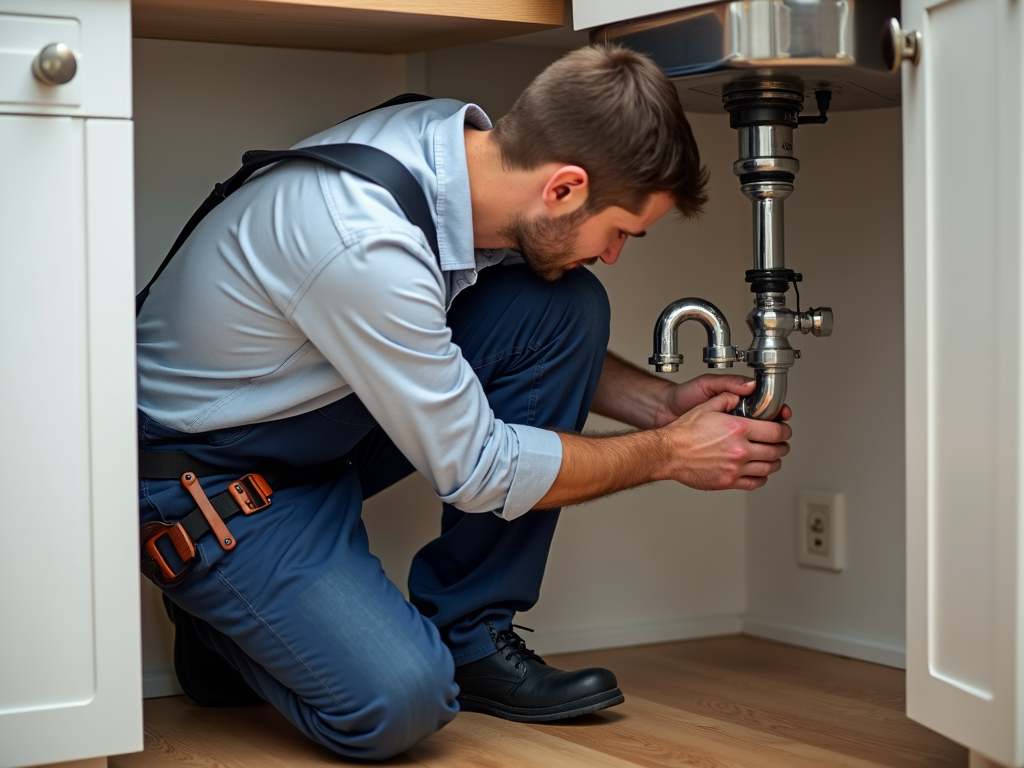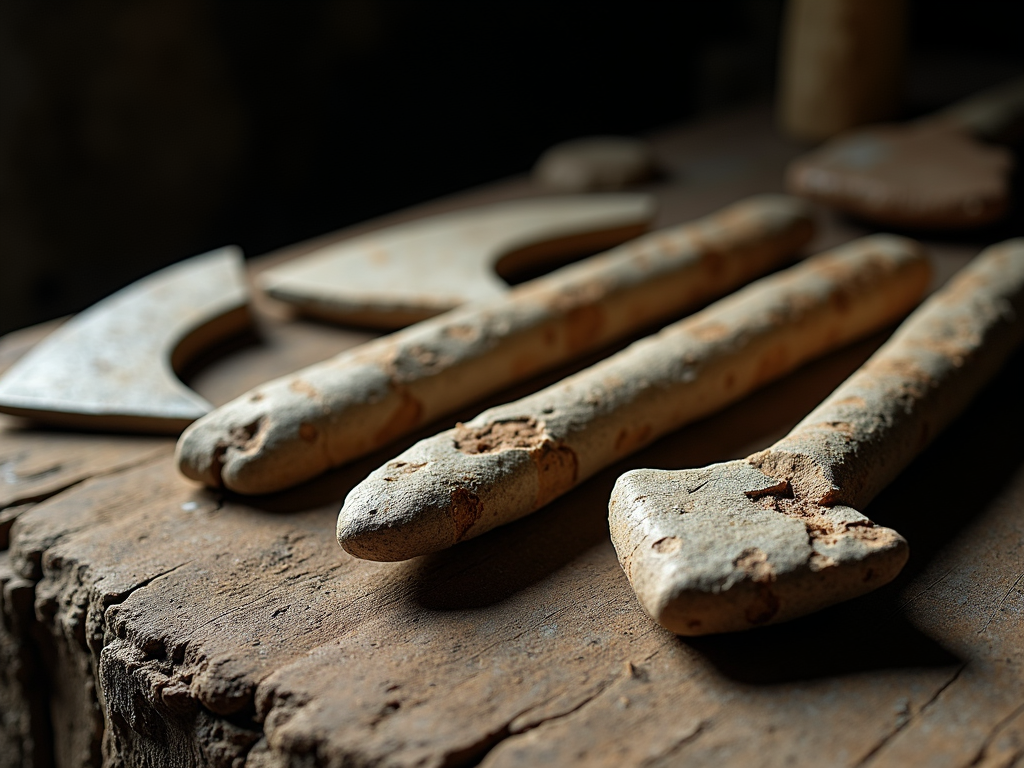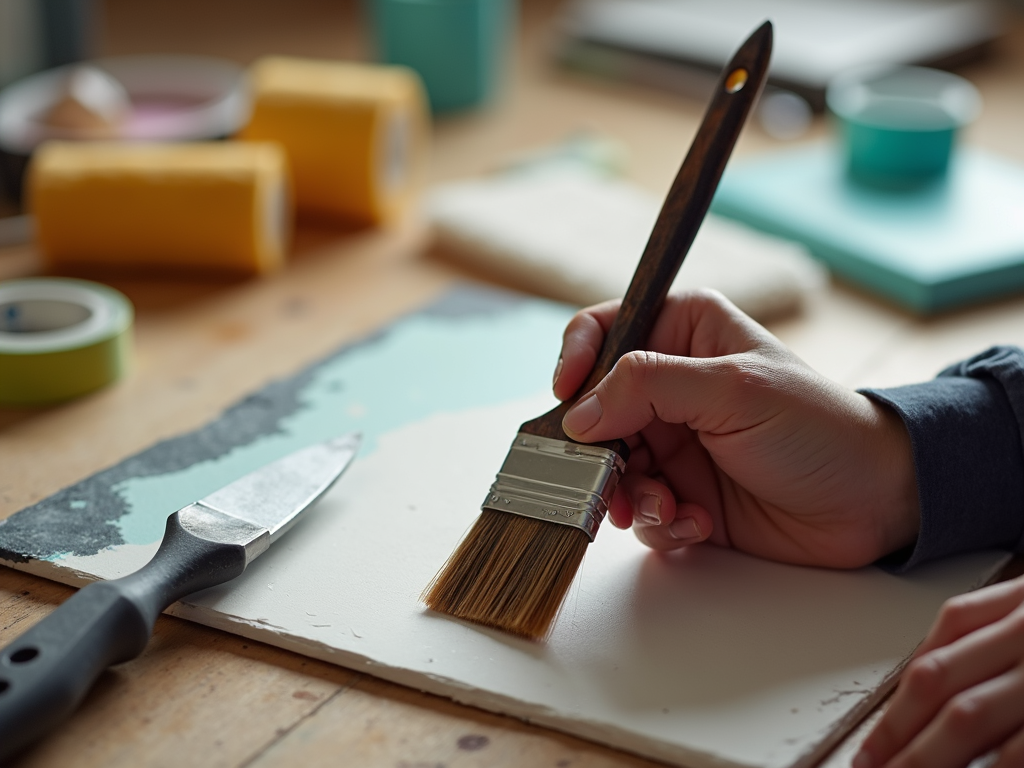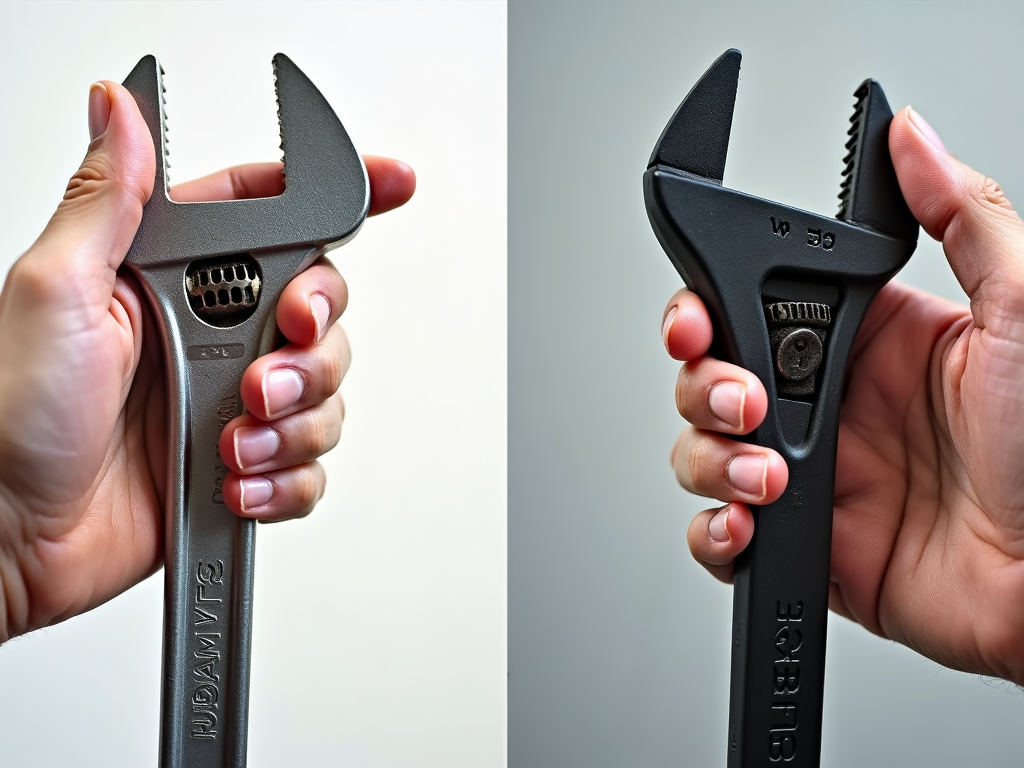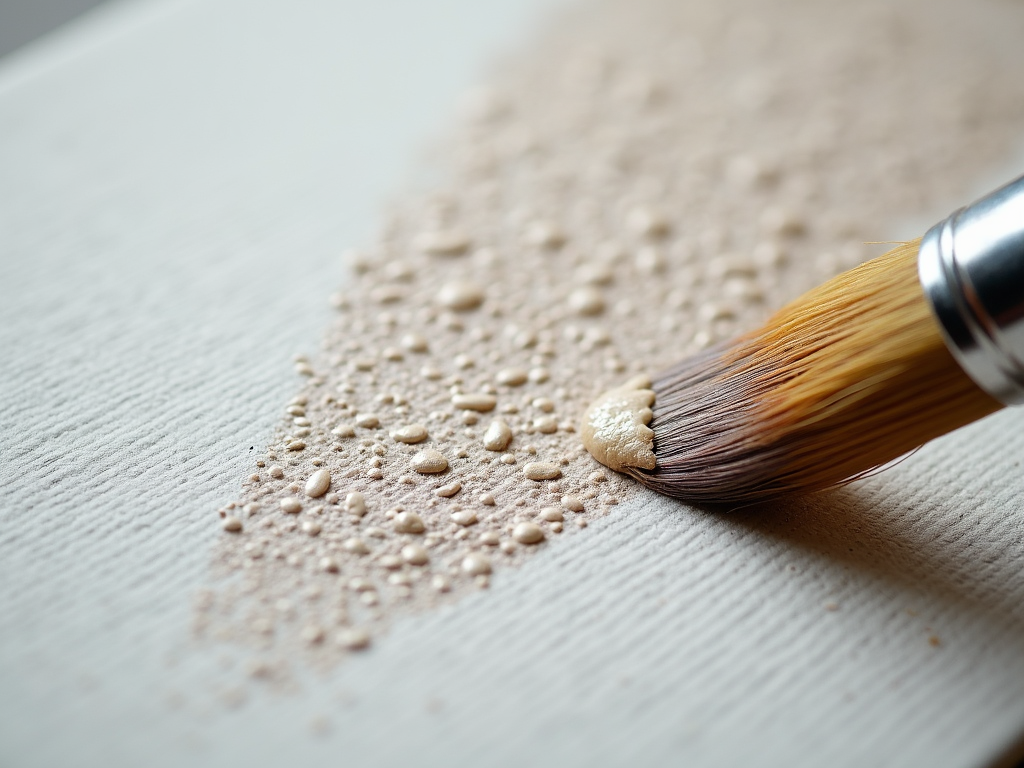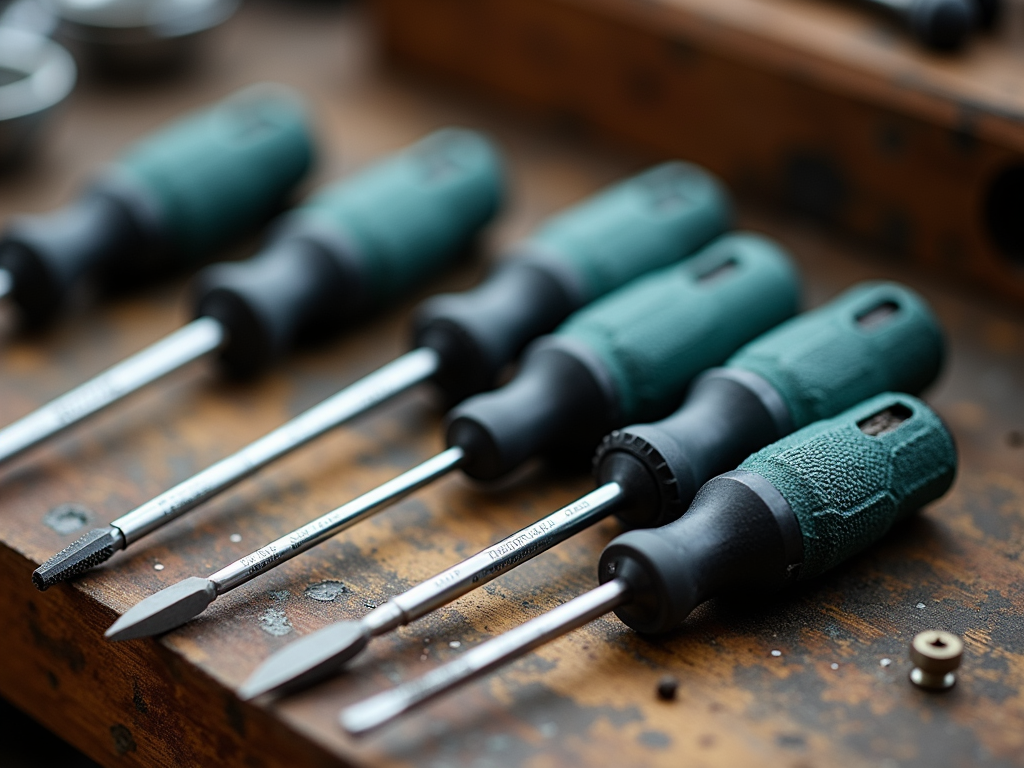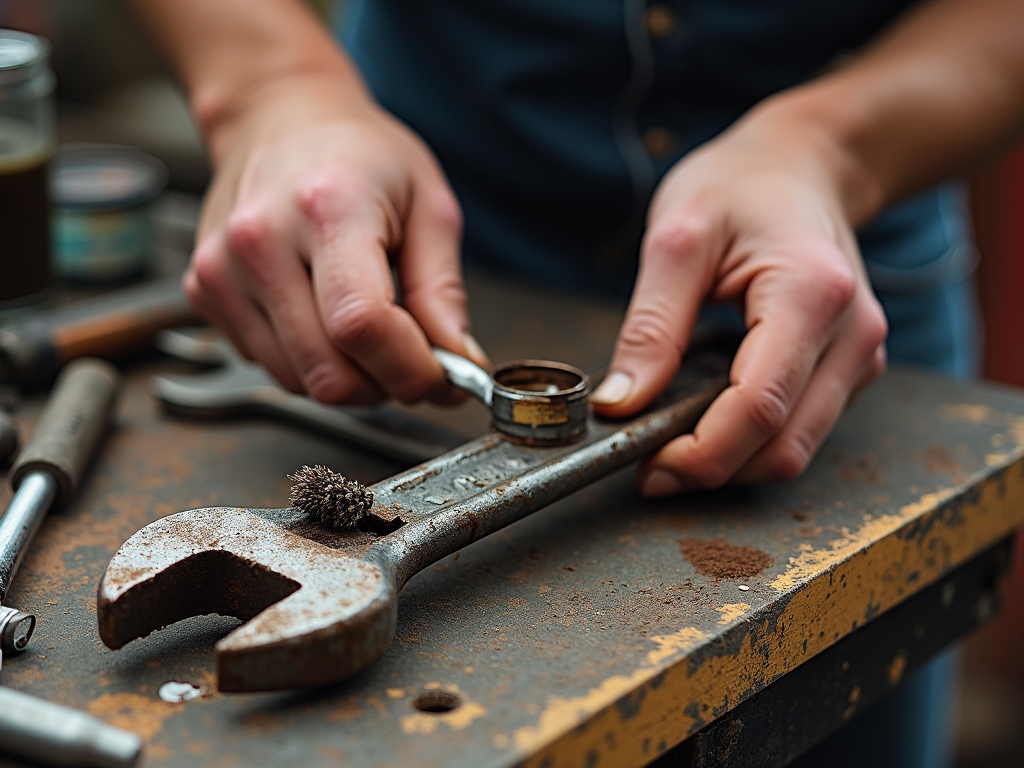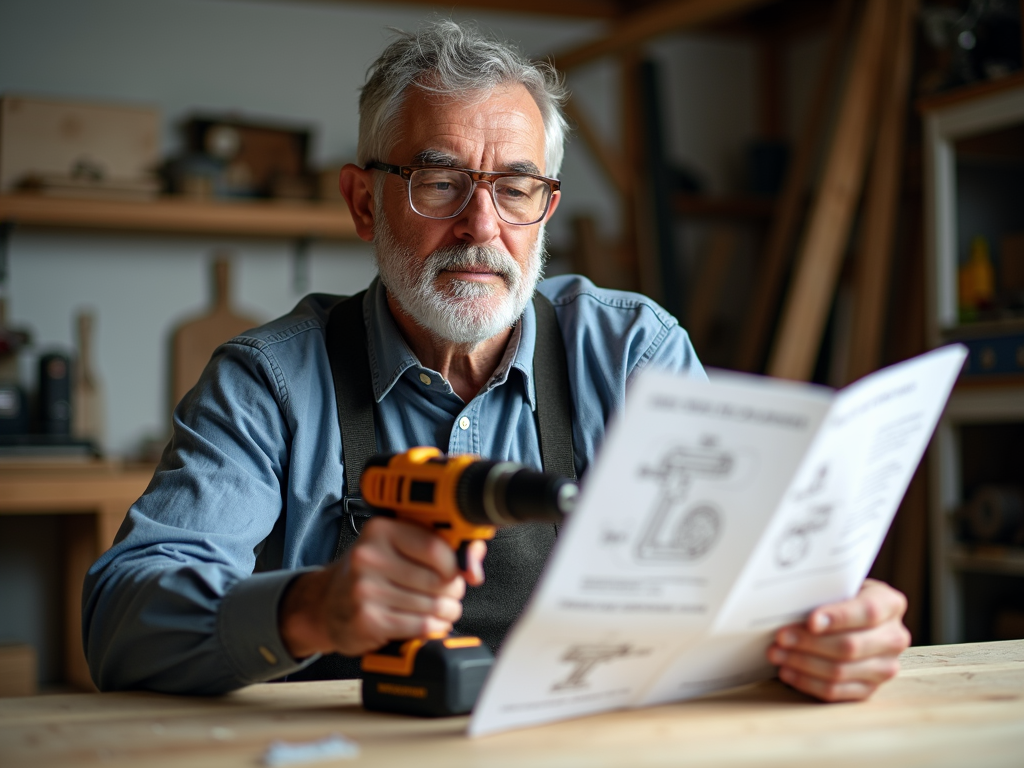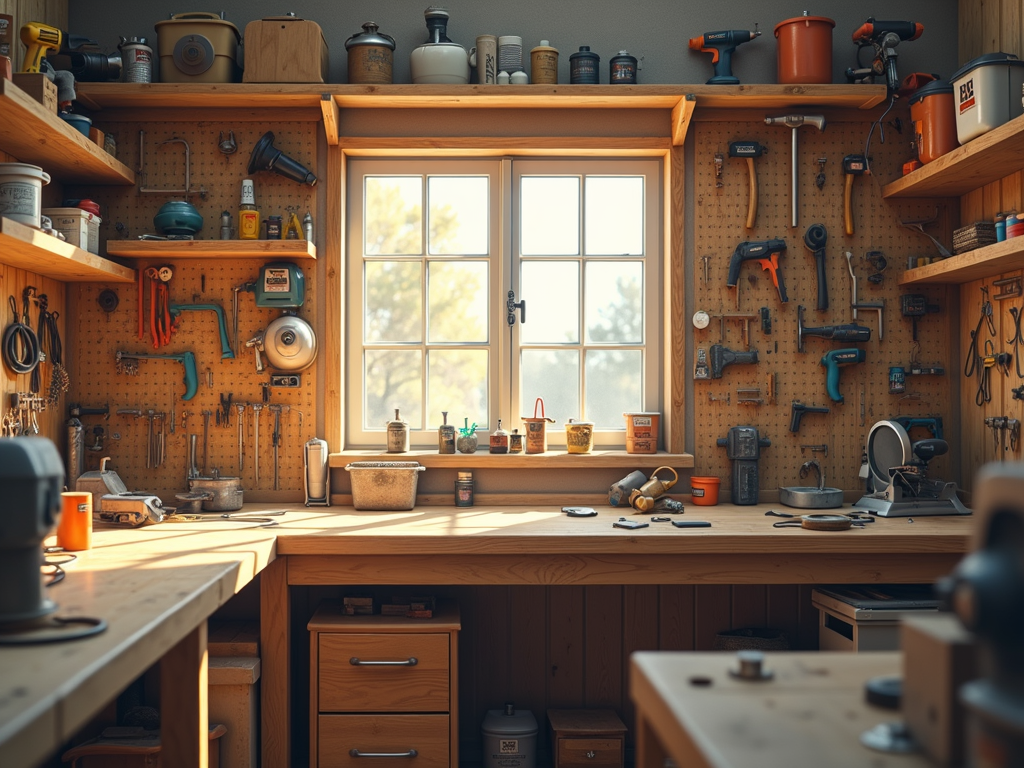Plumbing is an essential part of any home or building, and having the right tools is crucial for any plumbing project. Whether you're fixing a leaky faucet, installing a new toilet, or tackling a major renovation, the right tools can make all the difference. They not only make the job easier but also ensure it's done correctly and safely. In this article, we'll explore the essential workman tools for plumbing projects, how to choose the right pipe for your needs, the top 10 plumbing tools every DIYer should own, and tips for selecting the right tools for your specific plumbing needs.
How to Choose the Right Pipe for Your Plumbing Needs
Choosing the right pipe is a critical step in any plumbing project. The type of pipe you select will depend on the specific requirements of your project, including the type of fluid being transported, the pressure it needs to withstand, and the environment in which it will be installed. Here are some common types of pipes and their uses:
- Copper Pipes: Durable and resistant to corrosion, copper pipes are ideal for hot and cold water supply lines. They are also commonly used for refrigerant lines in HVAC systems.
- PVC Pipes: Made from polyvinyl chloride, PVC pipes are lightweight, easy to install, and resistant to corrosion and chemicals. They are commonly used for drainage, waste, and vent systems.
- PEX Pipes: Cross-linked polyethylene (PEX) pipes are flexible, easy to install, and resistant to scale and chlorine. They are often used for water supply lines in residential plumbing.
- Galvanized Steel Pipes: These pipes are coated with zinc to prevent corrosion and are commonly used for water supply lines in older homes. However, they are prone to rust and are being replaced by newer materials.
- Cast Iron Pipes: Heavy and durable, cast iron pipes are used for sewer and drainage systems. They are resistant to abrasion and can withstand high pressure.
When choosing a pipe, consider the following factors:
- Material: Different materials have different properties and are suited for different applications.
- Size: The diameter of the pipe will affect the flow rate and pressure.
- Pressure Rating: Ensure the pipe can withstand the pressure of the fluid it will carry.
- Temperature Rating: Some pipes are better suited for hot water than others.
- Cost: Balance the cost of the pipe with its durability and suitability for your project.
Here's a table summarizing the different types of pipes and their uses:
| Pipe Type | Material | Common Uses | Advantages | Disadvantages |
|---|---|---|---|---|
| Copper | Metal | Water supply lines, HVAC | Durable, corrosion-resistant | Expensive, requires soldering |
| PVC | Plastic | Drainage, waste, vent systems | Lightweight, easy to install, corrosion-resistant | Not suitable for hot water |
| PEX | Plastic | Water supply lines | Flexible, easy to install, resistant to scale and chlorine | Not suitable for outdoor use |
| Galvanized Steel | Metal | Water supply lines (older homes) | Durable, high pressure rating | Prone to rust, heavy |
| Cast Iron | Metal | Sewer and drainage systems | Durable, abrasion-resistant | Heavy, difficult to install |
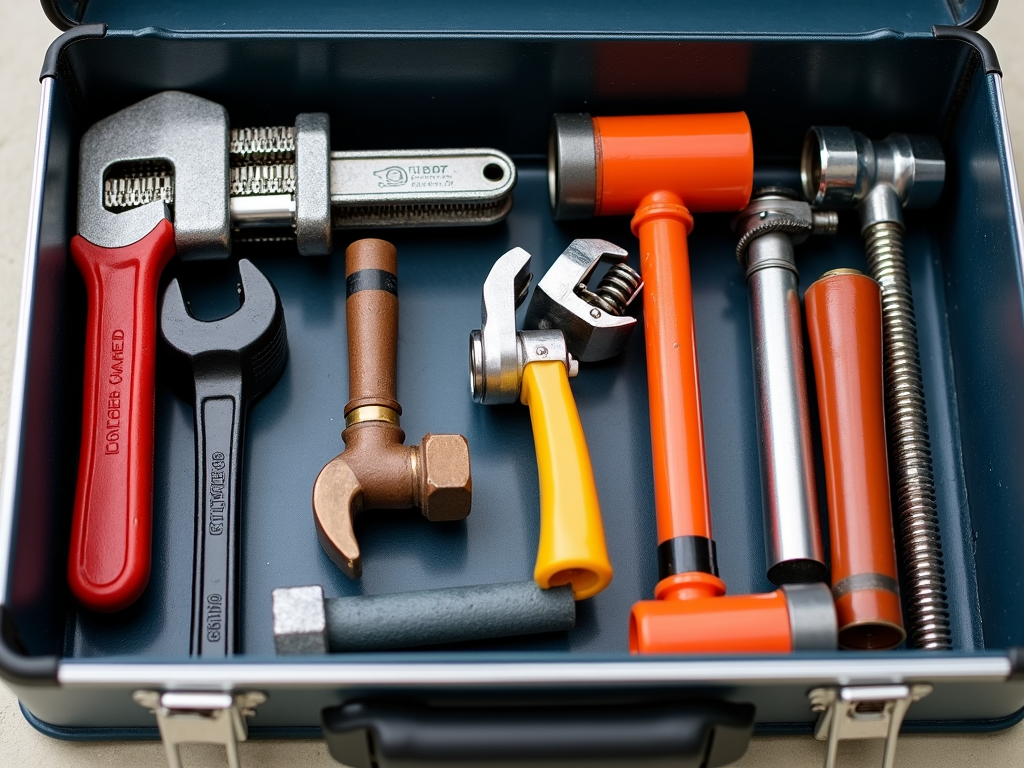
Top 10 Plumbing Tools Every DIYer Should Own
Having the right tools is essential for any plumbing project. Here are the top 10 plumbing tools every DIYer should have in their toolkit:
- Pipe Wrench: A versatile tool for gripping and turning pipes and fittings. It's essential for tightening and loosening connections.
- Adjustable Wrench: Useful for a variety of tasks, including tightening and loosening nuts and bolts.
- Plunger: A must-have for clearing clogs in sinks, toilets, and drains.
- Pipe Cutter: Makes clean, precise cuts on pipes, ensuring a proper fit for connections.
- Hacksaw: Useful for cutting through metal pipes and other materials.
- Teflon Tape: Essential for sealing threaded connections and preventing leaks.
- Plumber's Putty: Used to create watertight seals around faucets and drains.
- Basin Wrench: Designed for tightening and loosening nuts in hard-to-reach places, such as under sinks.
- Pipe Threader: Used to create threads on pipes for screw-on fittings.
- Flashlight: Essential for illuminating dark spaces and inspecting pipes and fittings.
Each of these tools serves a specific purpose and can make your plumbing projects easier and more efficient. For example, a pipe wrench is indispensable for gripping and turning pipes, while a plunger is a lifesaver for clearing clogs. A pipe cutter ensures clean, precise cuts, and Teflon tape is crucial for preventing leaks.

Choosing the Right Tools for Your Plumbing Needs
Selecting the right tools for your plumbing project depends on several factors, including the type of project, your budget, and your skill level. Here are some tips to help you choose the right tools:
- Type of Project: Consider the specific tasks you'll be performing. For example, if you're working with copper pipes, you'll need a pipe cutter and soldering equipment. If you're dealing with PVC pipes, a hacksaw and PVC cement will suffice.
- Budget: Plumbing tools can range from inexpensive to quite costly. Determine your budget and prioritize the tools you need most. You can always add to your toolkit over time.
- Skill Level: If you're a beginner, start with basic tools and gradually expand your collection as you gain experience. More advanced tools may require additional skills and knowledge.
- Quality: Invest in high-quality tools that will last. Cheap tools may save you money upfront but can cost more in the long run if they break or fail to perform.
- Versatility: Look for tools that can be used for multiple purposes. For example, an adjustable wrench can be used for a variety of tasks, making it a valuable addition to your toolkit.
By considering these factors, you can build a toolkit that meets your needs and helps you tackle any plumbing project with confidence.

In conclusion, having the essential workman tools for plumbing projects is crucial for any plumber, whether you're a DIY enthusiast or a professional. By choosing the right pipe and tools for your specific needs, you can ensure your plumbing projects are completed efficiently and effectively. Remember to invest in quality tools, consider your budget and skill level, and always prioritize safety. With the right tools and knowledge, you can tackle any plumbing challenge that comes your way.
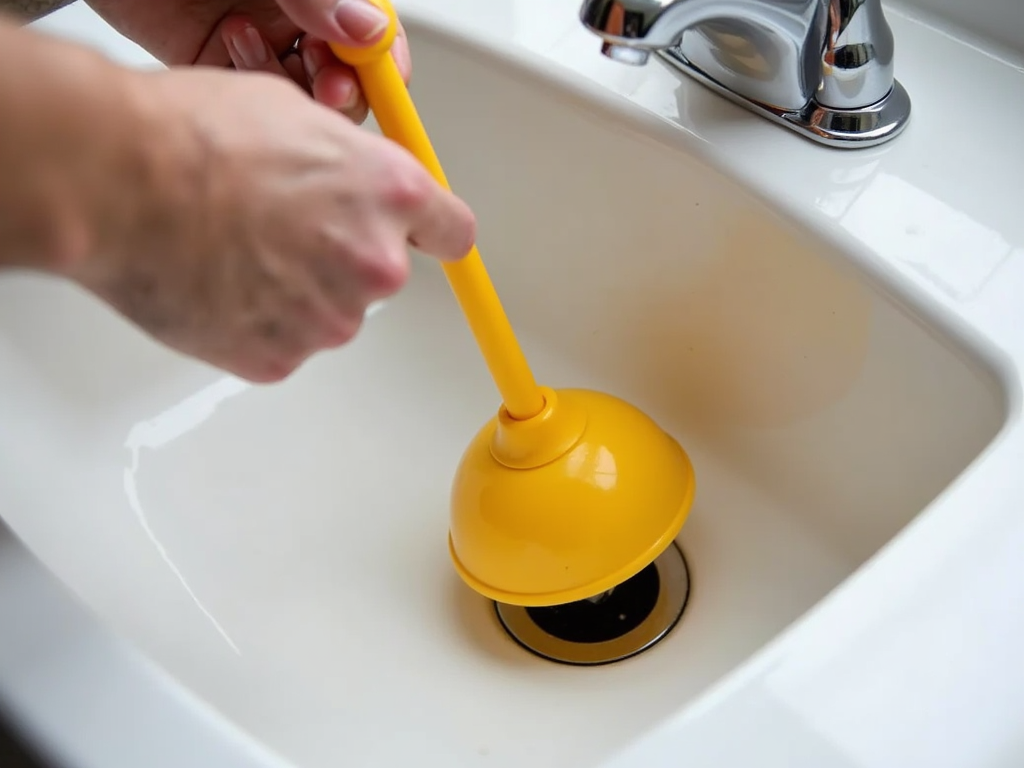
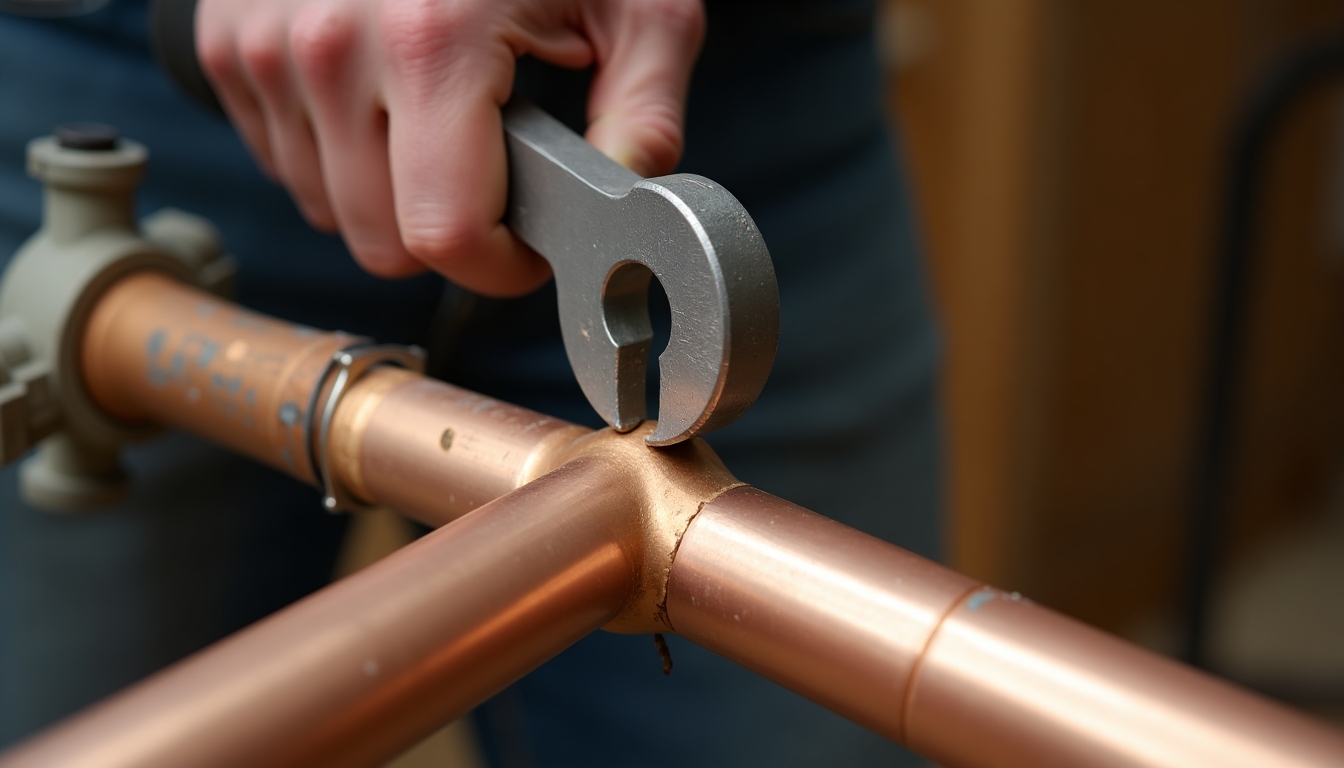
Related Essential Workman Tools for Plumbing Projects:
- Top 10 Must-Have Tools for Every Workman
- The Importance of Regular Plumbing Maintenance
- A Look Back at Workman Tools Through the Years
- Easy DIY Projects for Newbies: Start Your Crafting Journey Today!
- Essential Tools Every Painter Needs in Their Toolkit
- How Ergonomic Tools Boost Productivity: A Comprehensive Guide
- Master Your Brush: Top Painting Techniques to Try
- Best Practices for Selecting Automotive Tools
- Workman Safety Tips: Maintaining Comfort and Health
- The Ultimate Guide to Maintaining Your Tools for Long-Lasting Use
- How to Extend the Life of Your Power Tools
- The Ultimate Guide to Workshop Equipment Maintenance

